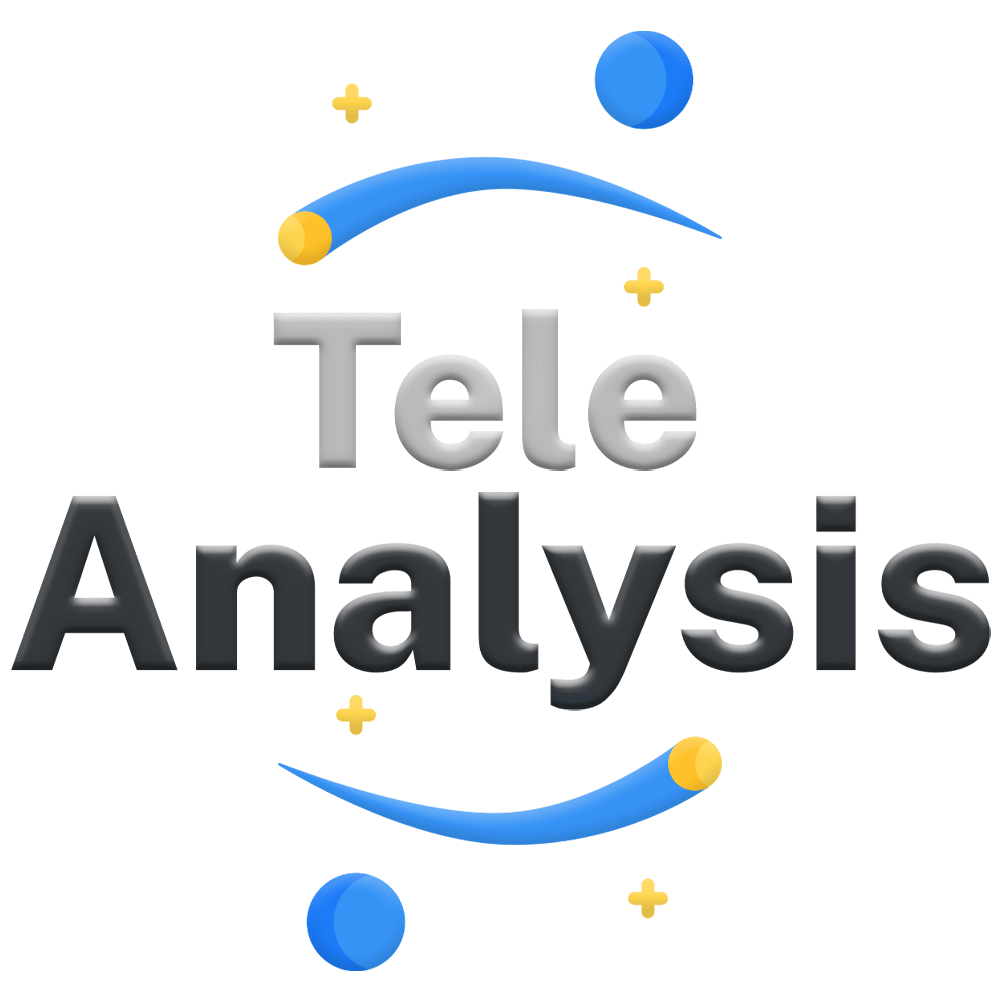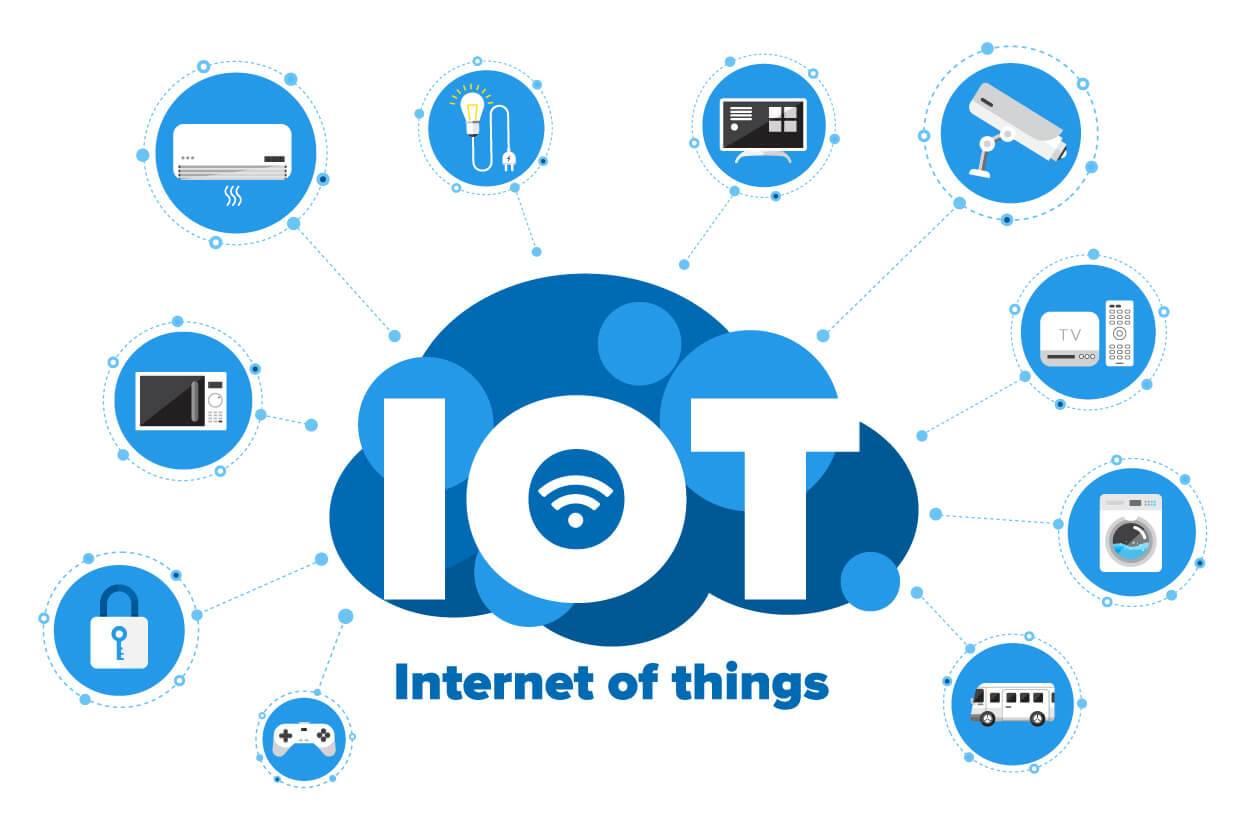Introduction
In an era marked by technological evolution, the concept of the Internet of Things (IoT) has emerged as a pivotal force reshaping the way we interact with the world around us. IoT has transcended the boundaries of traditional connectivity, propelling us into an age where devices, objects, and systems are seamlessly interlinked. This article delves into the essence of IoT, its impact on various aspects of life, and the boundless potential it carries.
**1. Defining IoT: Connecting the Unconnected
The Internet of Things refers to the network of everyday physical objects, devices, and systems that are embedded with sensors, software, and connectivity, allowing them to collect and exchange data. These connected devices communicate with each other and share information over the internet, enabling automation, data analysis, and real-time monitoring.
**2. Connected Devices: From Smart Homes to Smart Cities
IoT manifests in a multitude of forms, from smart home appliances like thermostats and lights to connected cars, wearables, and even entire smart cities. These devices can communicate, share data, and perform actions without human intervention, creating a network of seamlessly integrated technology.
**3. Data Exchange: The Heart of IoT
At the core of IoT lies data exchange. Connected devices collect and transmit data to centralized platforms, where it is analyzed to extract valuable insights. This data-driven approach enhances decision-making, optimizes processes, and enables predictive maintenance across various industries.
**4. Automation: Enhancing Efficiency
IoT’s automation capabilities extend to numerous sectors, streamlining tasks and enhancing efficiency. For instance, smart factories leverage IoT to automate manufacturing processes, while smart agriculture employs sensors to monitor soil conditions and regulate irrigation.
**5. Real-Time Monitoring: Preventive Measures
IoT enables real-time monitoring of various parameters, ranging from environmental factors to health metrics. Wearable devices can track heart rate, sleep patterns, and activity levels, empowering individuals to make informed decisions about their well-being.
**6. Enhancing User Experience: Convenience at its Best
IoT’s integration into everyday life enhances user experiences through convenience and personalization. Smart homes allow users to control lighting, temperature, and security systems remotely, making daily routines more seamless and comfortable.
**7. Challenges and Security: Ensuring Data Integrity
While IoT offers unprecedented opportunities, it also presents challenges, particularly in terms of security. As data flows between devices and platforms, ensuring data integrity and protecting against cybersecurity threats becomes imperative.
**8. IoT in Healthcare: Revolutionizing Wellness
IoT’s impact extends to the healthcare sector, where connected medical devices and wearable health trackers enable remote monitoring, personalized treatment, and the early detection of health issues.
**9. Environmental Impact: Smart Sustainability
IoT contributes to environmental sustainability by optimizing resource utilization. Smart energy grids adjust energy distribution based on demand, reducing waste and promoting a greener future.
**10. The Future of IoT: Limitless Possibilities
The future of IoT holds immense potential. From the evolution of autonomous vehicles to the growth of smart cities and the integration of AI and machine learning, IoT’s trajectory promises to reshape industries and redefine the human experience.
Conclusion
The Internet of Things has transcended its status as a technological buzzword to become an integral part of modern life. Its transformative impact touches countless aspects of our daily routines, from how we manage our homes and well-being to how industries operate and innovate. As IoT continues to evolve and expand, its potential for shaping the future remains limitless. Whether it’s enhancing efficiency, promoting sustainability, or enabling personalized experiences, IoT stands as a testament to our collective ability to innovate and connect in an increasingly interconnected world.

